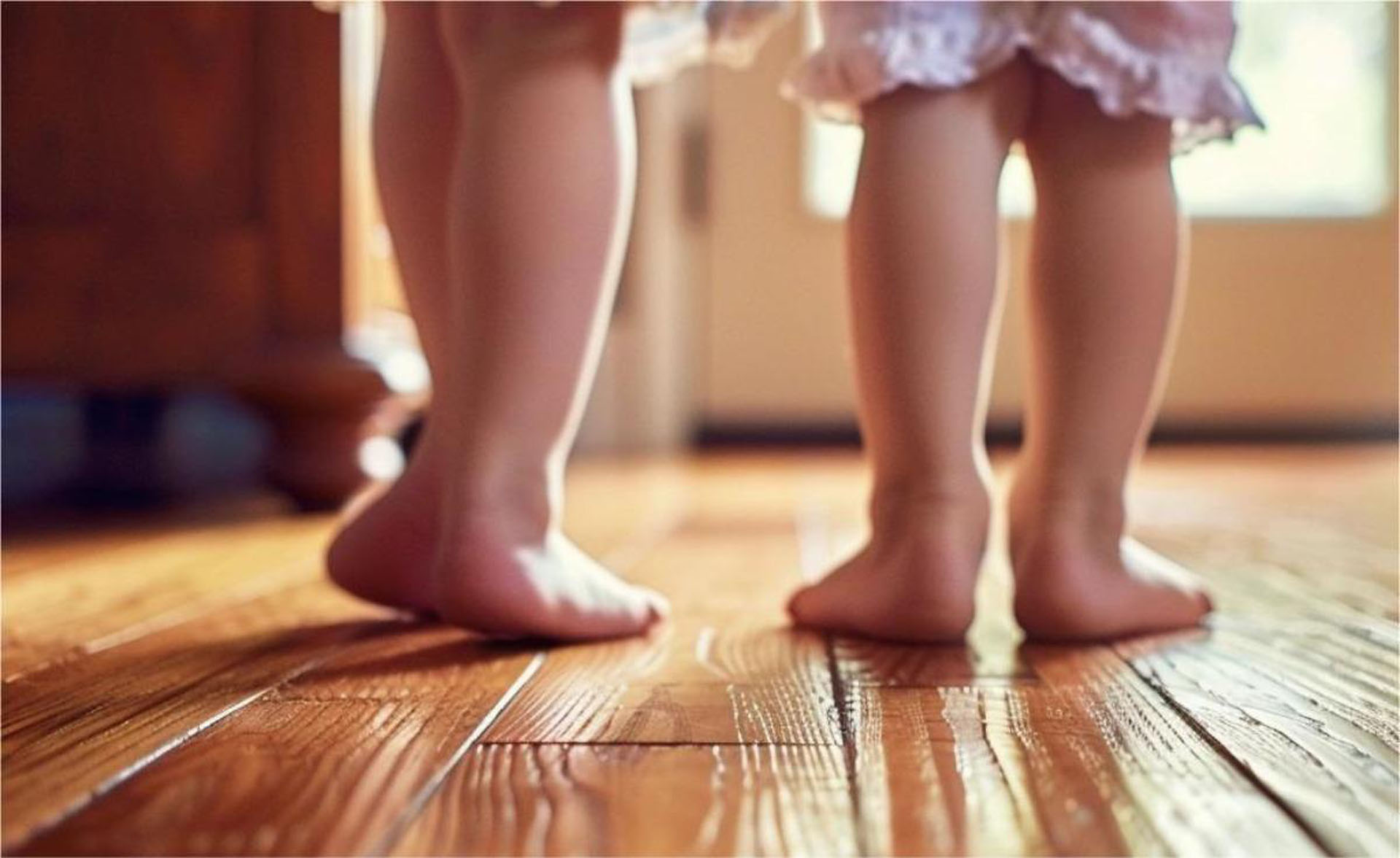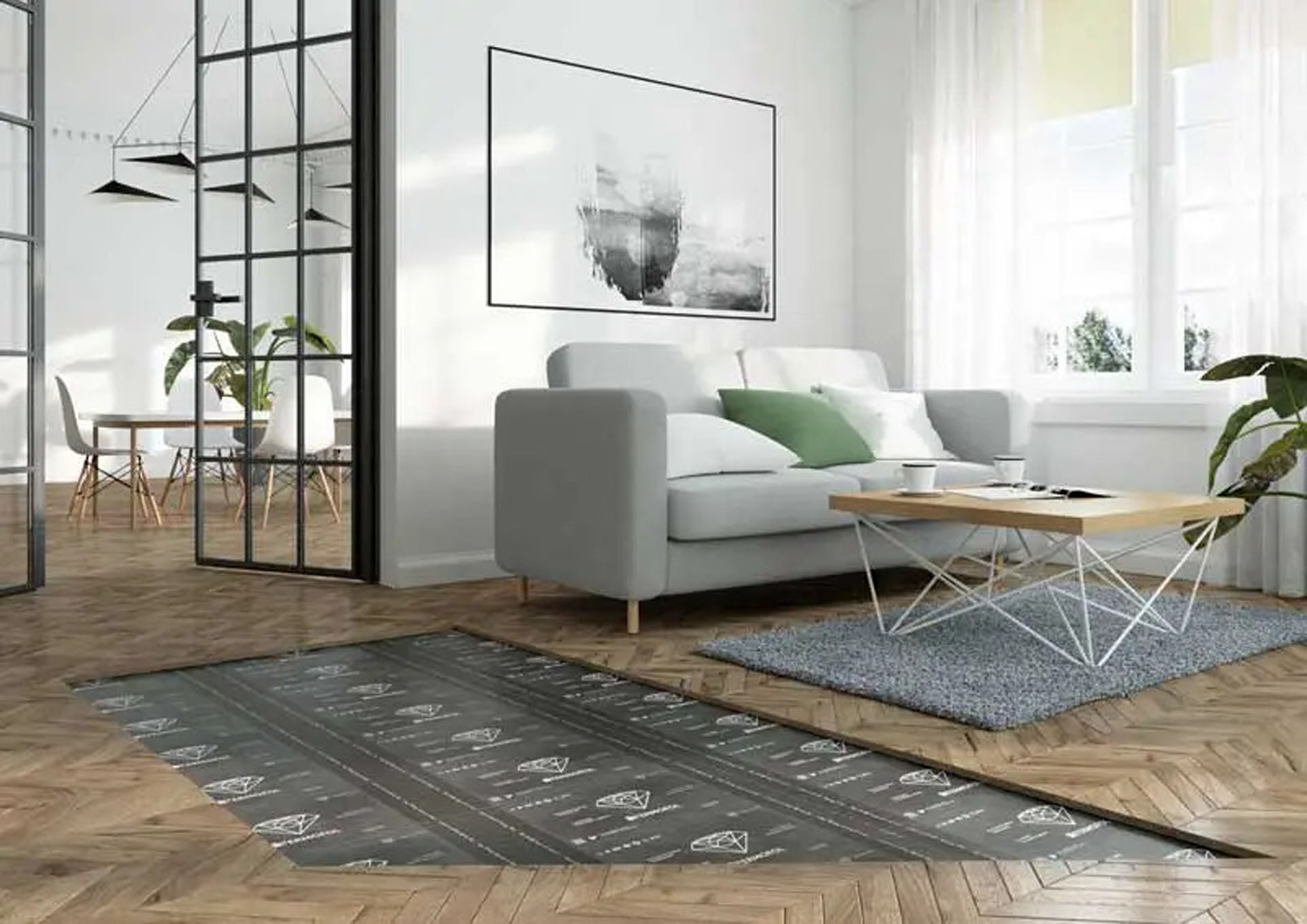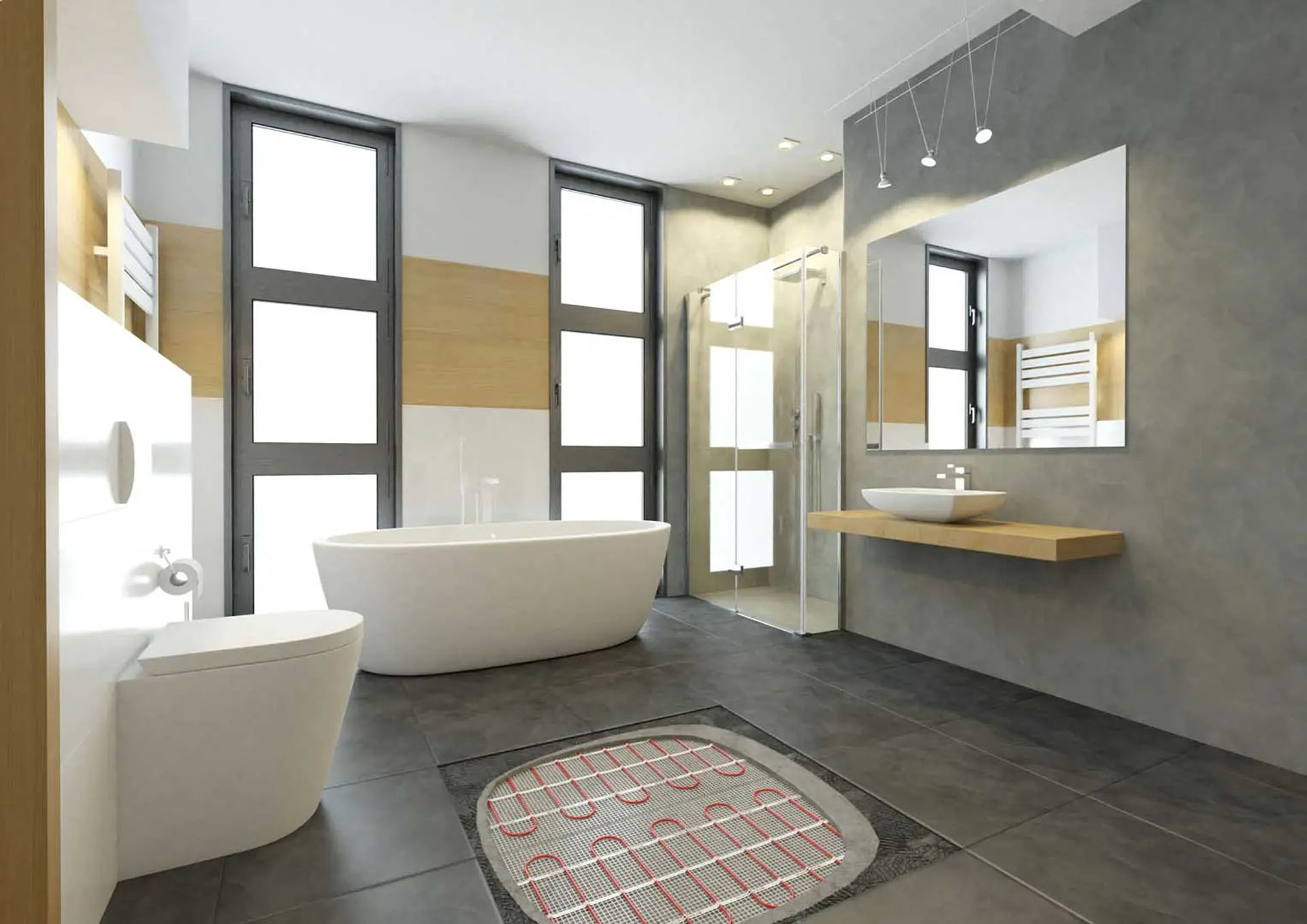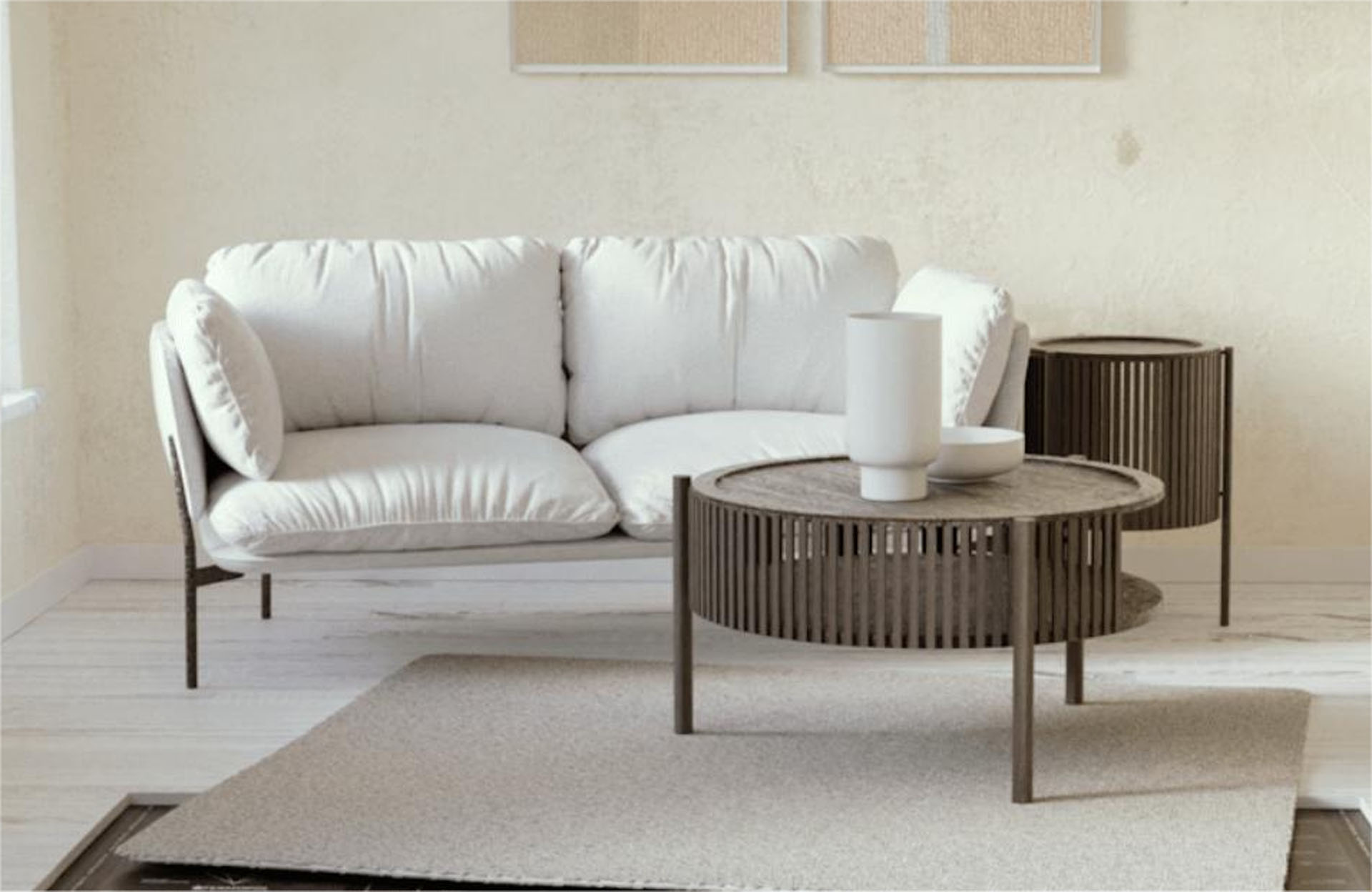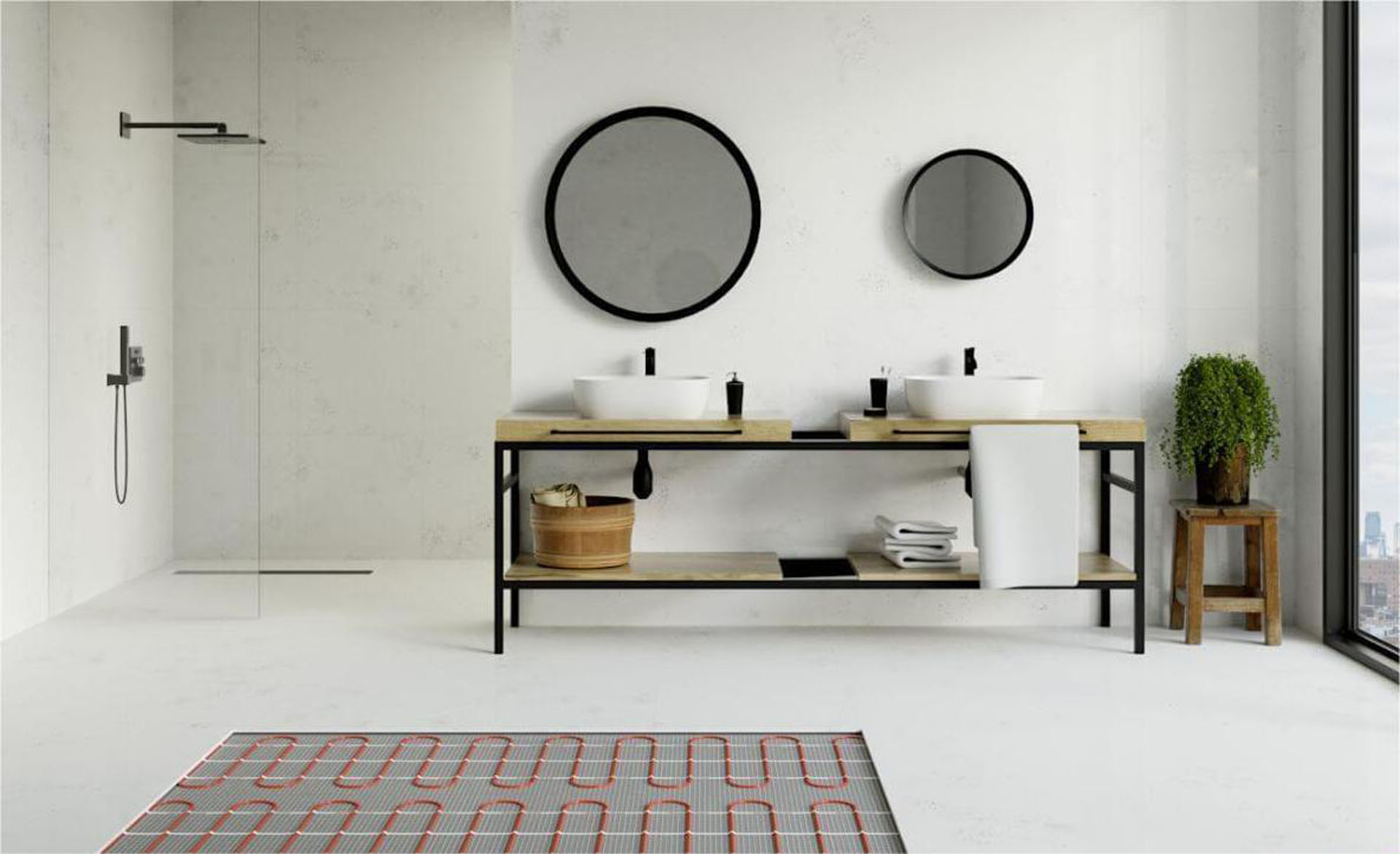XPS Boards – Extruded Polystyrene (XPS) insulation boardsare a type of rigid foam insulation. They are made from polystyrene resin combined with additives and a blowing agent, which is then extruded through a die to form a closed-cell structure. This manufacturing process results in a lightweight yet durable insulation material with excellent thermal performance, high compressive strength, and moisture resistance. They provide effective thermal insulation, helping to reduce heat loss and energy consumption while enhancing the overall comfort and energy efficiency of the structure. Additionally, XPS boards are resistant to water absorption, making them suitable for use in damp environments and below-grade applications. They are perfect to use under vinyl floors. – Extruded Polystyrene (XPS) insulation boards are a type of rigid foam insulation. They are made from polystyrene resin combined with additives and a blowing agent, which is then extruded through a die to form a closed-cell structure. This manufacturing process results in a lightweight yet durable insulation material with excellent thermal performance, high compressive strength, and moisture resistance. They provide effective thermal insulation, helping to reduce heat loss and energy consumption while enhancing the overall comfort and energy efficiency of the structure. Additionally, XPS boards are resistant to water absorption, making them suitable for use in damp environments and below-grade applications. They are perfect to use under vinyl floors.
